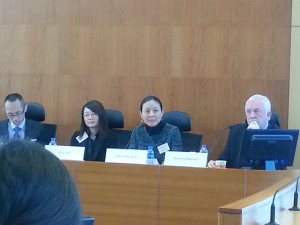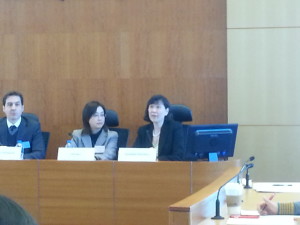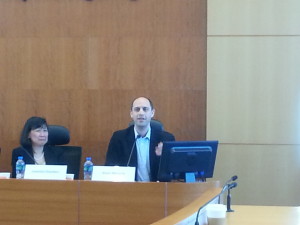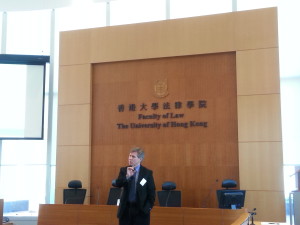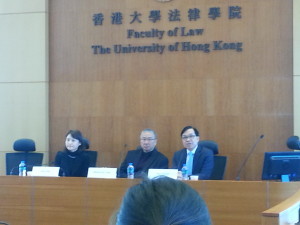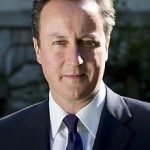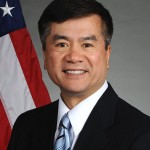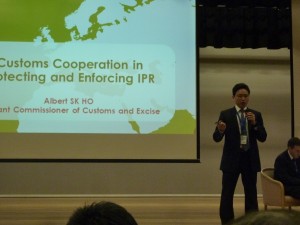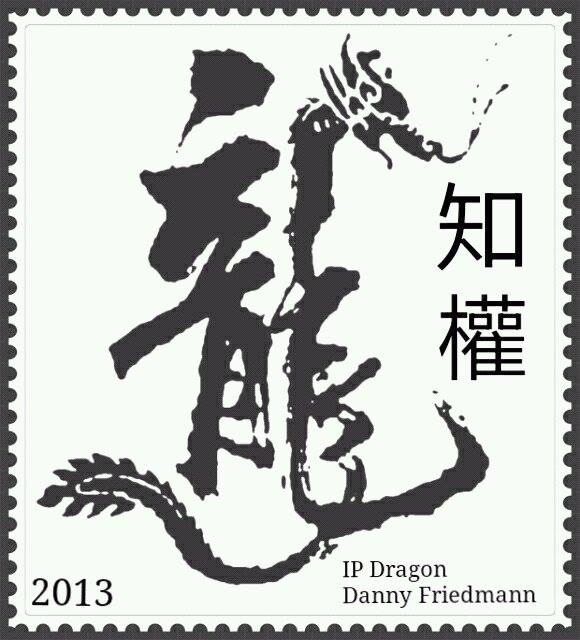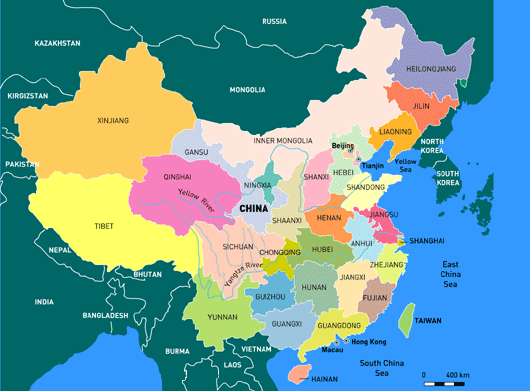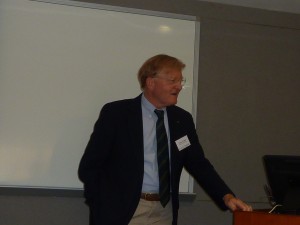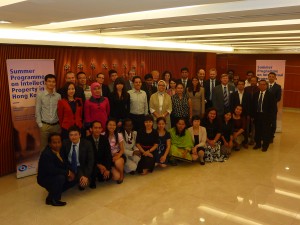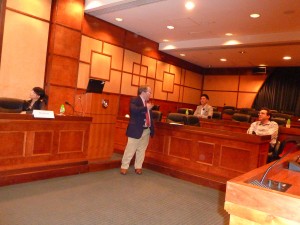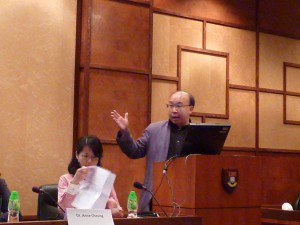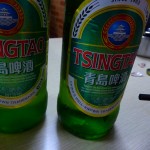
By Danny Friedmann
The Third Amendment to the Trademark Law, which, together with the revised Trademark Regulations, came into effect May 1st, 2014, in combination with the Well-known Trademark Recognition and Protection Regulations stipulated by the State Administration for Industry and Commerce (SAIC), came into effect on May 17, 2014, will clarify among other things:
– The routes to get recognition of one’s trademark as well-known, so that one’s trademark will benefit from the extended protection;
– Well-known trademarks can no longer be used as a promotional tool;
– The threshold for well-knownness.
The preliminary question is why we need well-known trademarks?
The idea of the well-known trademark doctrine can be seen as a correction to the territoriality principle of trademark law. This is especially useful if proprietors have been relying on unregistered marks if they are coming from a first-to-use country, only to find out that in the first-to-file markets, such as China, where they would like to become active, their marks have already been registered. Or if they have never used a trademark in a country (in case of first-to-use countries).
At the 1925 revision of the Paris Convention for the Protection of Industrial Property at The Hague in the Netherlands, it was decided that holders of marks should be protected against registration or use of a trademark for identical or similar goods which constitutes a reproduction, imitation or translation and which can create confusion of a registered or unregistered but used mark that is considered well-known by the competent authority of the country (Art. 6bis(1) Paris Convention).
Article 16(2) TRIPS extended Article 6bis Paris Convention (Stockholm Act of 1967) to services, and according to Art. 16(3) TRIPS to dissimilar goods or services, as long as the mark would indicate a connection between those goods or services and the owner of the registered trademark and provided that the interests of the owner of the registered trademark are likely to be damaged by such use (indicating protection against trademark dilution).
In short, each WTO member should protect:
– Unregistered well-known marks against misrepresentation by an identical or similar trademark for an identical or similar goods or services;
– Registered well-known trademark against misrepresentation or misappropriation by an idential/similar trademark for identical/similar or dissimilar goods or services.
What are China obligations in regard to the protection of well-known trademarks?
China became a member of the Paris Union in 1985 and the WTO, of which TRIPS is an integral part, in 2001. So, China has committed itself to implementing Art. 6bis Paris Convention and Art. 16(2) and (3) TRIPS.
China has made it clear in Article 14 Trademark Law 2014 that to the recognition and protection of well-known trademarks should be applied using the passive protection principle, a necessity check and on a case-by-case basis. The passive protection principle means that, although Art. 6bis Paris Convention allows the refusal or cancellation of a trademark “ex officio” (which means that the competent authority, by virtue of the office, can take the initiative) in case of a well-known trademark, but China chooses not to permit this in their legislation. Only the trademark holder can request the protection of a well-known trademark.
The necessity check means that the Trademark Office (TMO), Trademark Review and Adjudication Board (TRAB) or people’s courts first need to look for alternative ways to solve the problem, for example if possible solving the case as a conventional infringement case. Well-known trademark protection should remain a last resort for the Chinese authorities. To deal with well-known trademark protection on a case-by-case basis was already the mode of operation.
Routes to well-knownness: who determines what a well-known trademark is in China?
This depends on the timing of this question:
During the examination phase: the TMO can assess whether the trademark is well-known at the request of the applicant.
During an alleged infringement case: when an AIC is investigating, the TMO can assess whether a trademark is well-known, at the request of the trademark holder.
During opposition/concellation: the TRAB can assess whether a trademark is well-known at the request of the trademark holder.
During litigation: the trademark holder can directly request the court in case of an infringement, or request the court during an administrative appeal to assess whether his/her trademark is well-known .
Be a well-known trademark, but do not shout it of the roofs
Until recently the words “well-known trademark” (驰名商标), in both Chinese and English, could be found on bottles and cans of Qingdao beer (click here). However, times have changed. Apparently there was massive abuse, and therefore the government decided that well-knownness of a trademark cannot be used for promotional purposes. Read the explanation of Wu Qun, vice inspector of TMO under SAIC here.
Thresholds: well-known trademarks in China
Art. 2 Well-known Trademark Recognition and Protection Regulations (SAIC) of 2003 has the following threshold for the well-known trademark: “generally known to the relevant public and enjoys a high reputation in the trademark” (在中国为相关公众广为知晓并享有较高声誉的商标).
Article 2. Well-known Trademark Recognition and Protection Regulations (SAIC) of 2014 has the following threshold: “thoroughly known to the relevant public” (在中国为相关公众所熟知的商标).
“Thoroughly known” is a higher threshold than “generally known”. Dropping the seemingly redundant “and enjoys a high reputation in the trademark”, seems to have no influence on the threshold, unless one interprets “high reputation” as a positive connotation, in which case the thresholds can be interpreted also lower, since one no longer has to proof this.
However, the 2014 threshold seems higher than the second sentence of Art. 16(2) TRIPS: “In determining whether a trademark is well-known, Members shall take account of the knowledge of the trademark in the relevant sector of the public, including knowledge in the Member concerned which has been obtained as a result of the promotion of the trademark.” See also the non-exhaustive factors stated in Art. 2(1)(b)(1)-(6) Joint Recommendation Concerning Provisions on the Protection of Well-Known Marks, General Assembly WIPO, September 20 to 29, 1999 (page 6): for competent authorities to determine whether a mark is well-known:
(1) the degree of knowledge or recognition of the mark in the relevant sector of the public;
(2) the duration, extent and geographical area of any use of the mark;
(3) the duration, extent and geographical area of any promotion of the mark, including advertising or publicity and the presentation, at fairs or exhibitions, of the goods and/or services to which the mark applies;
(4) the duration and geographical area of any registrations, and/or any applications for registration, of the mark, to the extent that they reflect use or recognition of the mark;
(5) the record of successful enforcement of rights in the mark, in particular, the extent to which the mark was recognized as well known by competent authorities;
(6) the value associated with the mark.
Leah Chan Grinvald argued in A Tale of Two Theories of Well-Known Marks, that case law in both China (see for example Ferrari vs Jiajian 2007) and the U.S. predominantly apply the Interactional Theory of Consumer Recognition instead of the Passive Perception theory, even though this goes beyond the threshold stated in Art. 16(2) TRIPS and except for Factor (1) of Art. 2(1)(b), Factors (2) to (6) all apply the Passive Perception Theory.
The Passive Perception theory views well-known trademarks as having acquired a unique status. Grinvald referred to Frederick W. Mostert, who argued in Well-Known and Famous Marks: Is Harmony Possible in the Global Village?(86 TRADEMARK REP. 103, 116–17 (1996)) that the evidentiary standard is quite low for internationally well-known trademarks with a presumption in favor of the foreign well-known mark. Instead, the Interactional Theory of Consumer Recognition needs to demonstrate some type of consumer-interaction with the trademark; such as purchases, inquiries, or website activity, according to Grinvald. In light of this distinction the 2014 threshold “thoroughly known” might point to a formalisation of such an interactional theory.
Take away
To register one’s trademark in China is preferable over relying on the well-known trademark protection. However, trademark holders should continue to monitor Chinese character versions of the trademark, and register defensively those that are obvious transliterations or phonetic transcriptions.
Continue reading →

